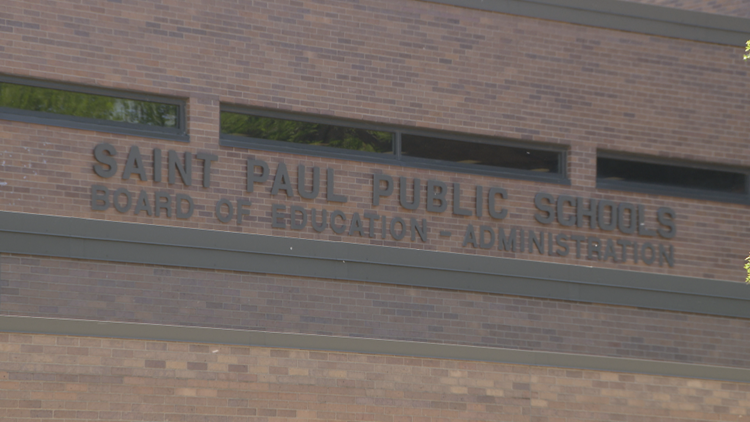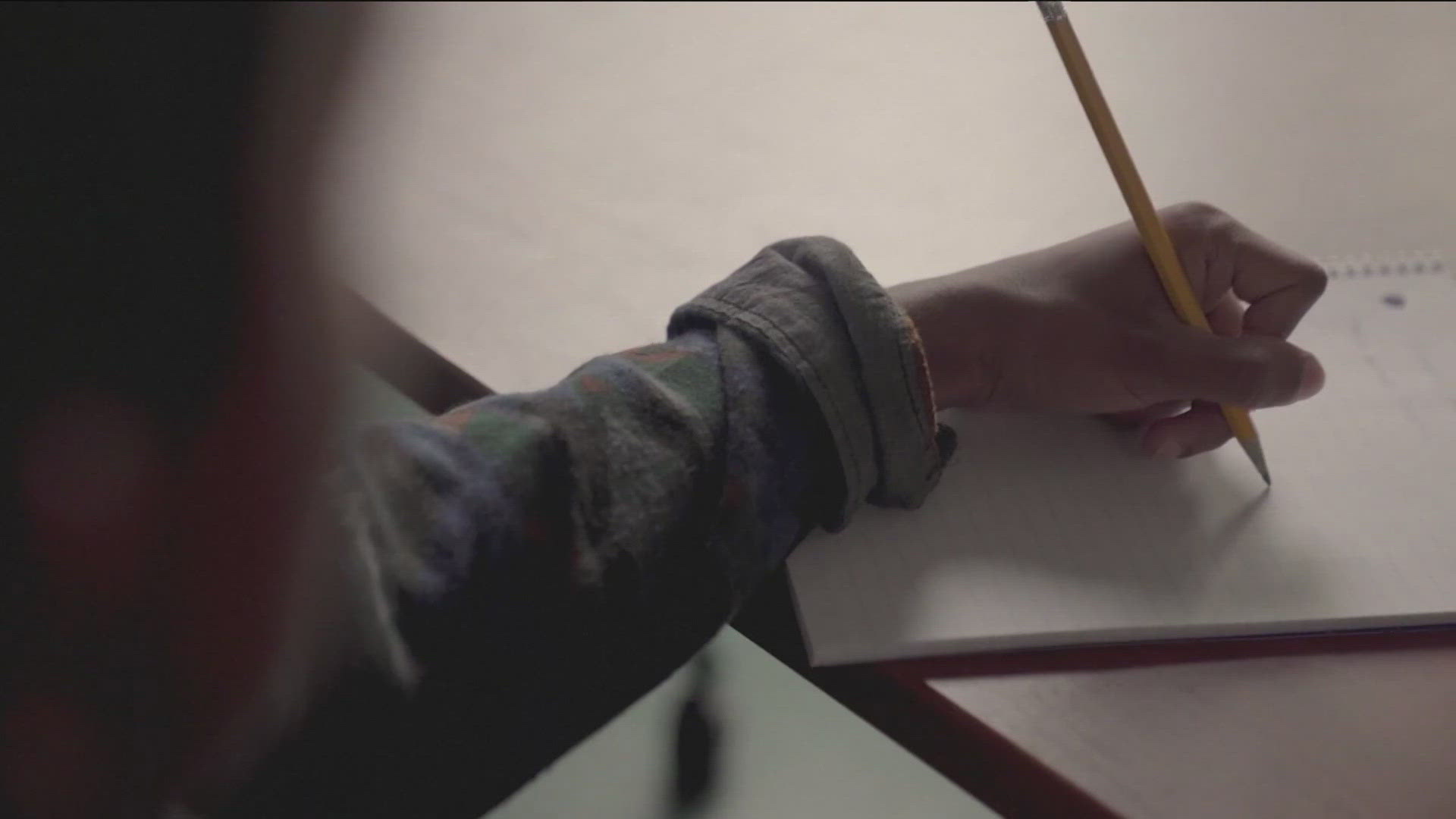ST PAUL, Minn. — The St. Paul Public School Board approved a plan to utilize more than $200 million in federal funds through the American Rescue Plan (ARP) to improve the school district.
At a Tuesday night meeting, the board gave a thumbs-up to the spending plan that will span the next three years and focus on addressing long-term student outcomes impacted by the COVID pandemic.
“We believe the strategies we are proposing will help us reach our goals as a district, and we are committed to monitoring their progress and making necessary adjustments to ensure every dollar is being spent to equitably meet the needs of our students, families, staff and community at large,” said Superintendent Joe Gothard.
To best determine what do do with the $206.9 million, SPPS administrators reassessed their strategic plan, consulted with the community and formed an internal workgroup within the district. They decided to target four main priorities:
- Safely reopen schools for all students
- Address pre-and post-pandemic unfinished learning
- Build lasting, equitable systems of teaching and learning
- Support student and staff social emotional needs on returning to full on-site learning
The ARP requires districts reserve 20% of the funds to address learning loss caused by the pandemic, including providing for extended day, extended year, summer school and evidence-based interventions needed to respond to students’ social, emotional and academic needs.
Some options for the other 80% of the funds include cleaning and sanitizing supplies, mental health support for students, addressing the disproportionate impact of COVID-19 on underrepresented student groups and activities allowed under the Individuals with Disabilities Education Act and Elementary and Secondary Education Act and other federal program.
In the plan, SPPS will allocate $88.2 million to improving the quality of public school education in St. Paul, $66.9 million to keeping schools safe and sanitized, $11.5 million for targeted student services, $10.9 million to family services and community partnerships, $9.7 million to systemic equity and $8 million on mental health and social-emotional learning. Operation expenses, including staffing, equipment and data tracking will cost around $11.7 million.
The district plans to review and discuss the plans for every portion on a regular basis.
The final plan will be submitted to the Minnesota Department of Education by Oct. 1, 2021.



